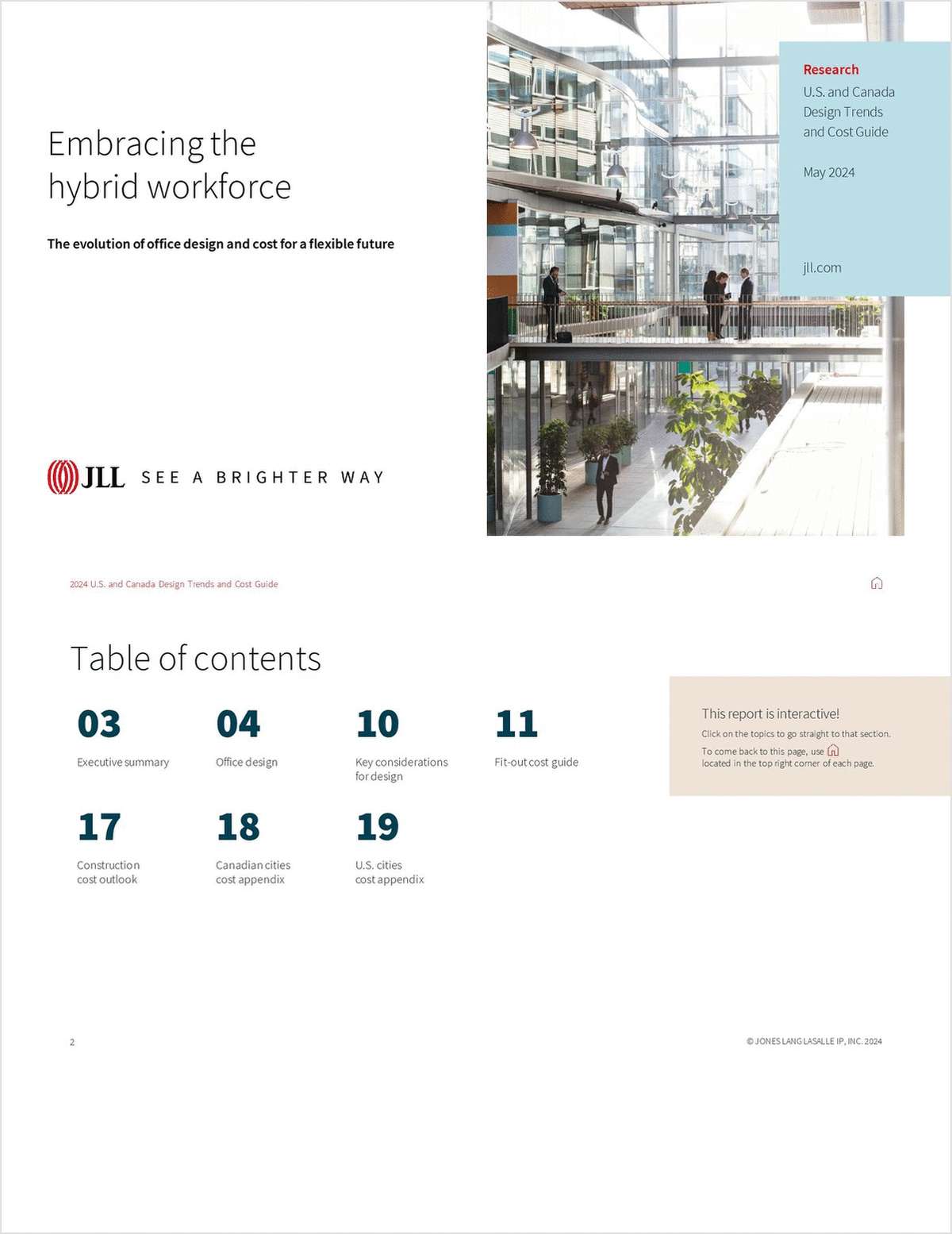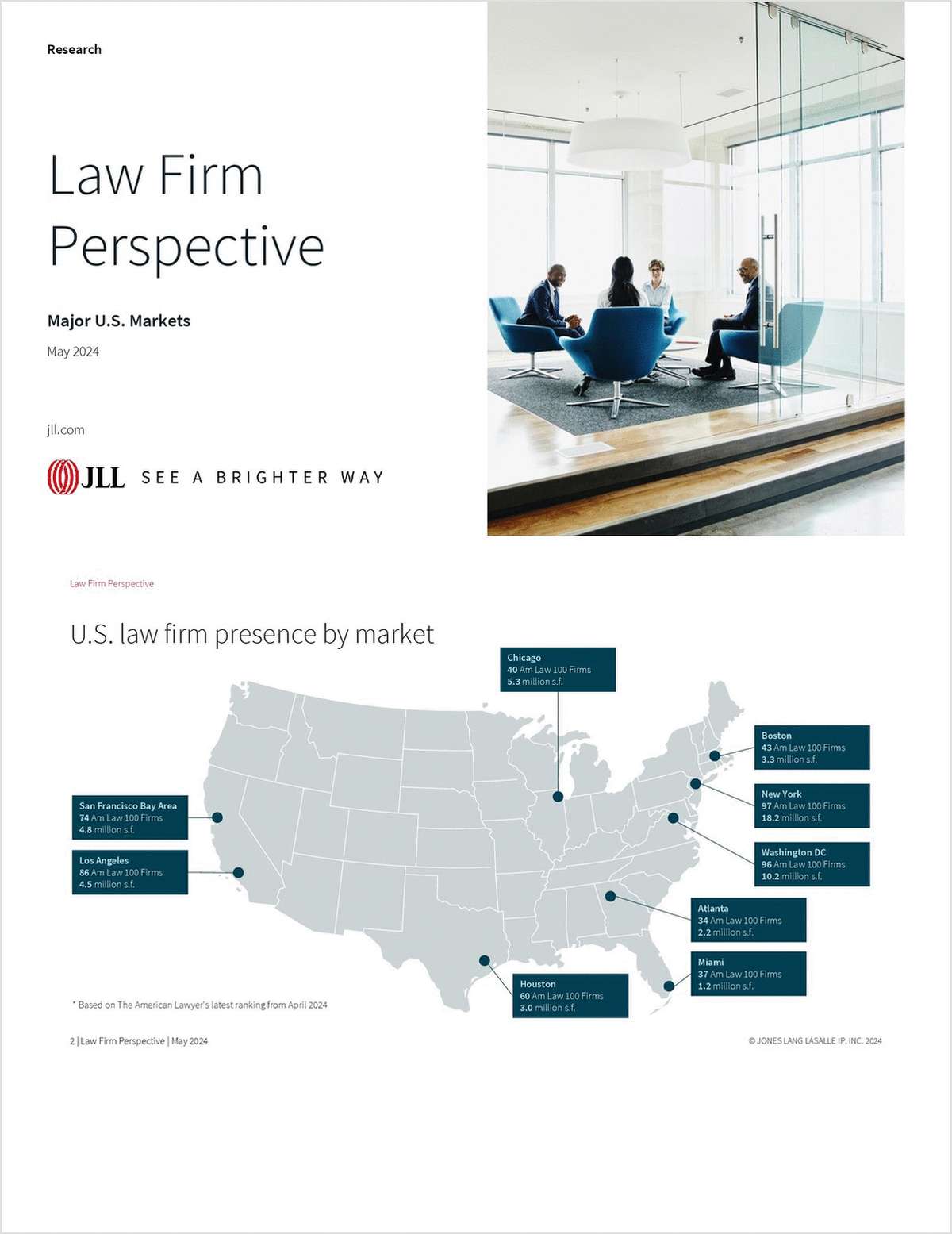 Photo: Shutterstock.
Photo: Shutterstock.Jones Day Boasts 26 Percent Female Partners, But How Many Are Equity?
Sure, it's wonderful that five women serve on the 17-member partnership committee, which advises on new partners and compensation. But how meaningful is that when the firm operates as black box with centralized power?
April 11, 2019 at 04:12 PM
5 minute read
I'm sort of amazed that Jones Day deigned to issue a public response to the class action lawsuit brought by six of its former associates for gender discrimination.
From my experience with the firm, it generally goes into shut-down mode when it feels challenged. But in this current case, Jones Day's response was detailed—so much so that you get the impression that it's waging a public relations battle.
Though it didn't directly address the charges in the lawsuit (which included allegations that the firm discriminated against mothers, paid women unfairly, and tolerated a “fraternity culture”), the firm deployed data to show that women are thriving there.
For instance, Jones Day's response touts that:
- Women are well represented in the partnership ranks (240 out of 919 total partners), and that the majority of them “are mothers who took family leaves and often worked flexible schedules during their Jones Day careers.”
- Women who take parental leaves are flourishing, citing that 70 percent of its female partners in the U.S. “over the past decade had taken or were on family leave at the time of their promotion to partnership.”
- Five women sit on its 17-member “Partnership Committee, which advises on partner admissions and compensation,” and that all five “took family leave during their Jones Day careers and one of whom worked part-time for a number of years.”
- And 40 percent women, “almost all mothers,” serve on its advisory committee.
In case you missed the message, here's the recap: Jones Day is an awesome place for moms. Join the firm, have babies and become a partner.
 But what jumped out at me about this response is what it doesn't say: How much power and money do women really have?
But what jumped out at me about this response is what it doesn't say: How much power and money do women really have?
Sure, it's wonderful that five women serve on the 17-member partnership committee, which advises on new partners and compensation. But how meaningful is that when the firm operates as black box with power centralized around one individual—managing partner Stephen Brogan? (William Henderson, a professor at Indiana University's Maurer School of Law and a former associate at the firm, says “Brogan controls the compensation of everyone at the firm, and I was told that if he were to die tomorrow, someone has to go to special safe to find out how everyone is paid.” Also, Law.com's Roy Strom reported two years ago that Brogan makes “almost every decision, including individuals' compensation,” and that partnership votes are rare.)
That 40 percent women on the firm's advisory committee sounds mighty impressive, but what does that committee do? If we're talking about working on law school recruiting, diversity programs or affinity groups—anything besides money matters—it's support work.
But what the firm is really tight-lipped about is how many of its female partners have equity. While it seems impressive that Jones Day has a 26 percent female partnership rate, how many are true owners?
Jones Day has always insisted that it's a one-tier, all equity partnership. In that article by Strom, the firm's spokesperson David Petrou said: “There are no nonequity partners,” adding, “Suggesting anything to the contrary would not be accurate.”
But, as Strom reported, three former Jones Day partners confirmed that there are “functional divisions in the partnership” in which some partners share profits while others are paid a flat salary. That's consistent with what Jones Day partner Joe Sims told me in 2010, though he also said that the firm made no equity/nonequity distinction.
Either Jones Day has its own peculiar definition of “equity” or it's trying to force a fiction about how all its partners are somehow “equal.” Indeed, its website reiterates that point, declaring that the firm is “a single, true partnership … We are all partners. And, we act like partners.”
Baloney.
Not only are there differing formulas in the way that Jones Day pays partners, but also in the way it doles out to compensation for associates. In fact, it's come out that some associates can out-earn partners.
In a separate lawsuit (now pending) brought by former partner Wendy Moore for gender discrimination, it was revealed that a male sixth year associate, James Burnham, took home $810,000—about the same amount that Moore made as an eighth-year partner. Burham's outsized compensation was only made public when he joined the Trump administration. Clearly, something is abnormal here.
Not surprisingly, its opposing counsel Sanford Heisler Sharp, which is representing the six female associates, takes a jaundiced view of Jones Day's response. Sanford Heisler partner Deborah Marcuse, the co-lead counsel, says Jones Day is cherry-picking “examples of some women who achieved partnership while on leave or having taken leave.” She adds that “systemic issues, including pay equity issues” are left unanswered. “We look forward to discovery which will reveal significant evidence, and to a trial on all claims.”
(We also asked Jones Day for comment but have not heard back.)
Indeed, discovery will tell. Ironically, Jones Day sort of suggests the same thing in its response: “The claims of pay discrimination—made only 'on information and belief,' without any factual support—are equally without merit.”
In other words, time to shine a light into that black box. Actually, let's blast the klieg lights.
This content has been archived. It is available through our partners, LexisNexis® and Bloomberg Law.
To view this content, please continue to their sites.
Not a Lexis Subscriber?
Subscribe Now
Not a Bloomberg Law Subscriber?
Subscribe Now
NOT FOR REPRINT
© 2024 ALM Global, LLC, All Rights Reserved. Request academic re-use from www.copyright.com. All other uses, submit a request to [email protected]. For more information visit Asset & Logo Licensing.
You Might Like
View All
As Big Law Walks a Tightrope, Herbert Smith Freehills Refuses to Lose Its Footing
8 minute read
Holy Grail: Can Changing Big Law Recruiting, Hiring and Training Lead to Greater Retention?
10 minute readTrending Stories
Who Got The Work
Michael G. Bongiorno, Andrew Scott Dulberg and Elizabeth E. Driscoll from Wilmer Cutler Pickering Hale and Dorr have stepped in to represent Symbotic Inc., an A.I.-enabled technology platform that focuses on increasing supply chain efficiency, and other defendants in a pending shareholder derivative lawsuit. The case, filed Oct. 2 in Massachusetts District Court by the Brown Law Firm on behalf of Stephen Austen, accuses certain officers and directors of misleading investors in regard to Symbotic's potential for margin growth by failing to disclose that the company was not equipped to timely deploy its systems or manage expenses through project delays. The case, assigned to U.S. District Judge Nathaniel M. Gorton, is 1:24-cv-12522, Austen v. Cohen et al.
Who Got The Work
Edmund Polubinski and Marie Killmond of Davis Polk & Wardwell have entered appearances for data platform software development company MongoDB and other defendants in a pending shareholder derivative lawsuit. The action, filed Oct. 7 in New York Southern District Court by the Brown Law Firm, accuses the company's directors and/or officers of falsely expressing confidence in the company’s restructuring of its sales incentive plan and downplaying the severity of decreases in its upfront commitments. The case is 1:24-cv-07594, Roy v. Ittycheria et al.
Who Got The Work
Amy O. Bruchs and Kurt F. Ellison of Michael Best & Friedrich have entered appearances for Epic Systems Corp. in a pending employment discrimination lawsuit. The suit was filed Sept. 7 in Wisconsin Western District Court by Levine Eisberner LLC and Siri & Glimstad on behalf of a project manager who claims that he was wrongfully terminated after applying for a religious exemption to the defendant's COVID-19 vaccine mandate. The case, assigned to U.S. Magistrate Judge Anita Marie Boor, is 3:24-cv-00630, Secker, Nathan v. Epic Systems Corporation.
Who Got The Work
David X. Sullivan, Thomas J. Finn and Gregory A. Hall from McCarter & English have entered appearances for Sunrun Installation Services in a pending civil rights lawsuit. The complaint was filed Sept. 4 in Connecticut District Court by attorney Robert M. Berke on behalf of former employee George Edward Steins, who was arrested and charged with employing an unregistered home improvement salesperson. The complaint alleges that had Sunrun informed the Connecticut Department of Consumer Protection that the plaintiff's employment had ended in 2017 and that he no longer held Sunrun's home improvement contractor license, he would not have been hit with charges, which were dismissed in May 2024. The case, assigned to U.S. District Judge Jeffrey A. Meyer, is 3:24-cv-01423, Steins v. Sunrun, Inc. et al.
Who Got The Work
Greenberg Traurig shareholder Joshua L. Raskin has entered an appearance for boohoo.com UK Ltd. in a pending patent infringement lawsuit. The suit, filed Sept. 3 in Texas Eastern District Court by Rozier Hardt McDonough on behalf of Alto Dynamics, asserts five patents related to an online shopping platform. The case, assigned to U.S. District Judge Rodney Gilstrap, is 2:24-cv-00719, Alto Dynamics, LLC v. boohoo.com UK Limited.
Featured Firms
Law Offices of Gary Martin Hays & Associates, P.C.
(470) 294-1674
Law Offices of Mark E. Salomone
(857) 444-6468
Smith & Hassler
(713) 739-1250












